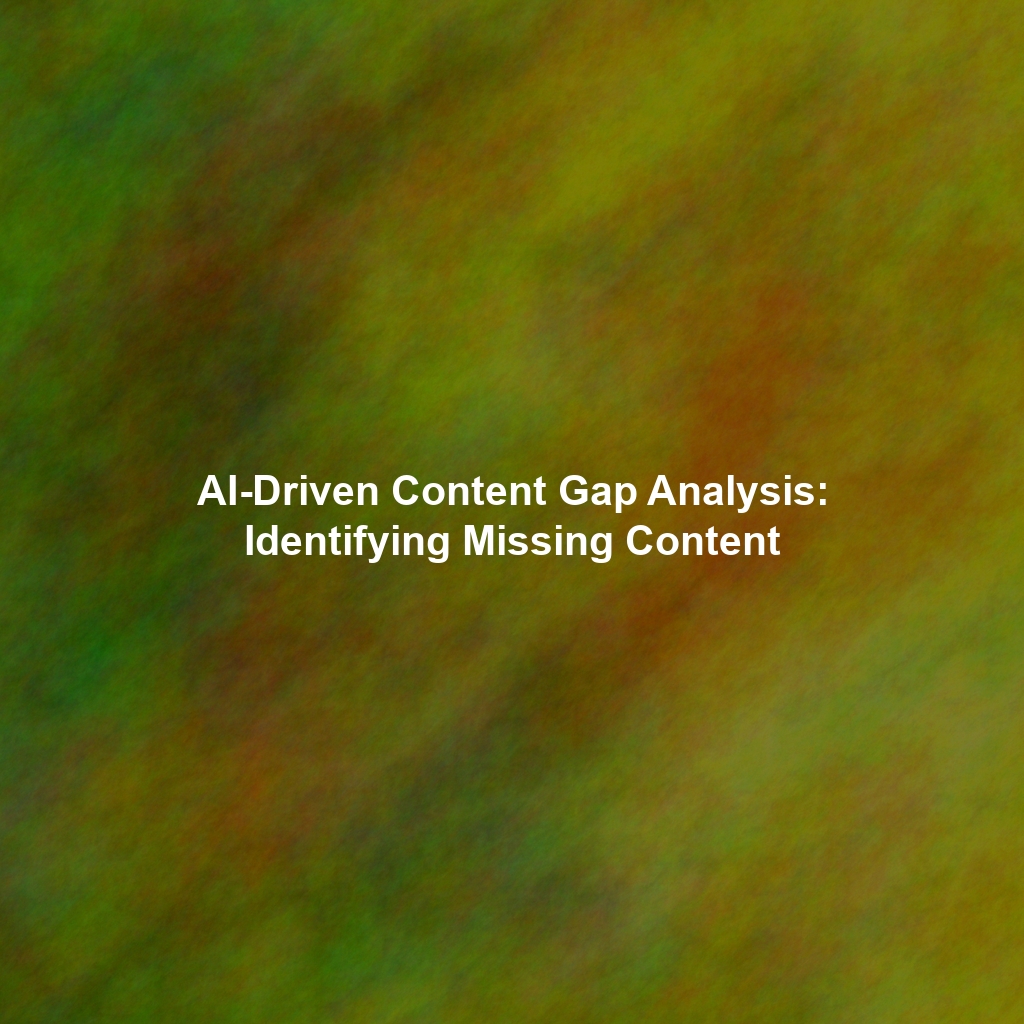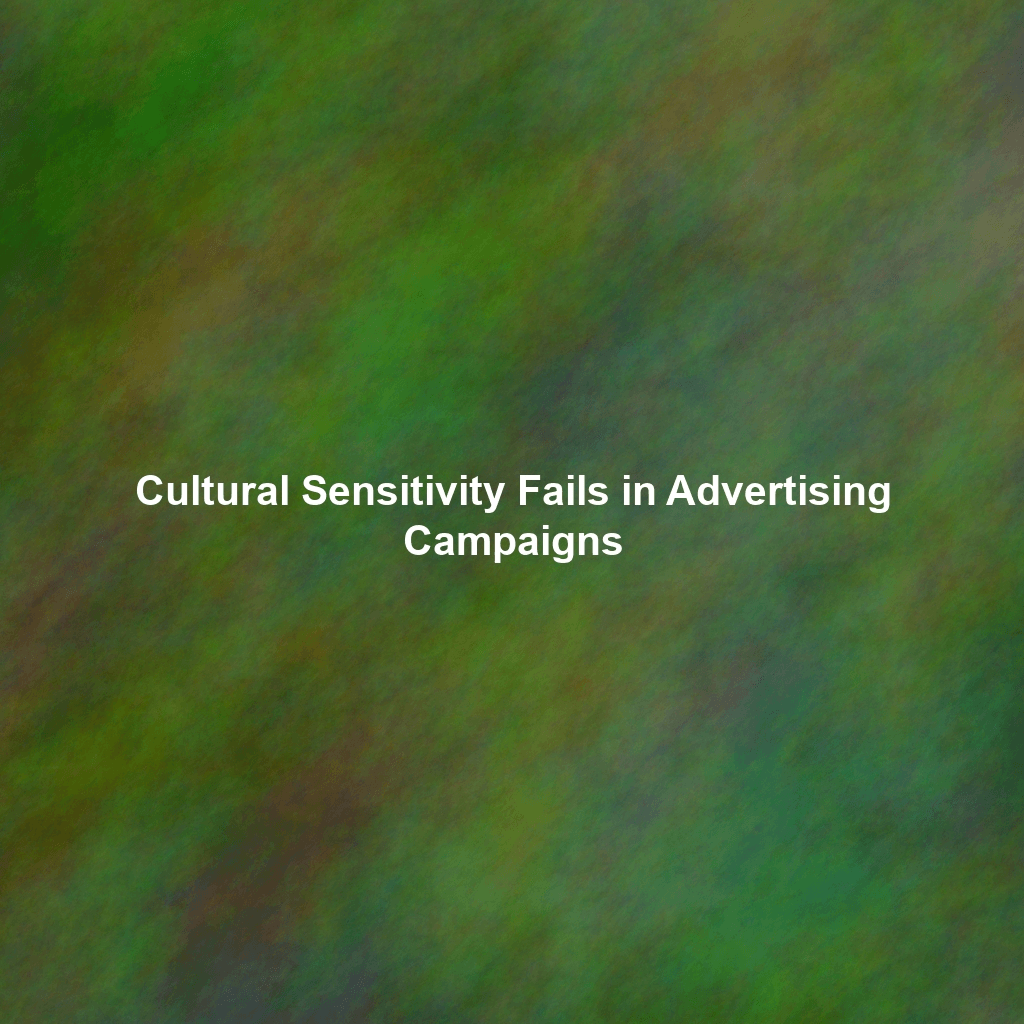Artificial intelligence (AI) is rapidly transforming content creation, offering tools that promise to streamline the blog writing process. Platforms like Content Hurricane and CopyMatic are at the forefront, providing features that can assist with everything from brainstorming to drafting. However, while AI offers undeniable efficiency, understanding its limitations and knowing when to rely on human expertise is crucial for producing high-quality, engaging content that resonates with your audience. This article delves into the strategic use cases for AI in blog writing, specifically comparing Content Hurricane and CopyMatic, and highlighting the indispensable role of human writers.
Understanding AI’s Role in Blog Writing: A Strategic Approach
Before diving into specific tools, it’s important to establish a clear understanding of what AI can and cannot do effectively. AI excels at tasks that require speed, data analysis, and pattern recognition. It can generate content quickly, analyze vast amounts of information for topic ideas, and optimize text for SEO. However, AI currently lacks the nuanced understanding of human emotion, cultural context, and personal experience that are essential for crafting truly compelling content.
Areas Where Content Hurricane and CopyMatic Shine
Both Content Hurricane and CopyMatic offer a range of features designed to assist with various aspects of blog writing. Here are some key areas where these platforms excel:
- Generating Blog Post Outlines: Struggling to structure your thoughts? Both tools can generate comprehensive outlines based on a keyword or topic, saving you valuable time and ensuring a logical flow of information. Content Hurricane’s focus on SEO-driven structures may provide a slight edge here for some users, while CopyMatic offers a broader range of outlining styles.
- Writing Product Descriptions: Need to create compelling product descriptions for your e-commerce blog? AI can generate clear, concise, and benefit-oriented descriptions based on product specifications. Both platforms are capable, but experiment with different prompts and tones to achieve the desired effect.
- Brainstorming Blog Post Topics: Overcome writer’s block with AI-powered topic generation. These tools can analyze trending keywords and suggest relevant blog post ideas, helping you stay ahead of the curve. CopyMatic’s more creative approach to brainstorming might uncover slightly more unconventional, “outside-the-box” ideas.
- Keyword Research and SEO Optimization: Integrate keywords seamlessly into your content with AI-powered SEO tools. Both Content Hurricane and CopyMatic can help you identify relevant keywords and optimize your text for search engines. Content Hurricane is often promoted as more directly SEO-focused.
- Summarizing Information: Quickly condense lengthy articles or research papers into concise summaries. This is particularly useful for creating introductory paragraphs or extracting key takeaways.
Content Hurricane vs. CopyMatic: A Quick Comparison
While both platforms aim to streamline content creation, there are some key differences:
- Content Hurricane: Often marketed as a more SEO-centric tool, focusing on generating content designed to rank well in search engines. It may offer more detailed keyword analysis and optimization features.
- CopyMatic: Tends to emphasize versatility and creativity, offering a wider range of content generation templates and tones. It may be better suited for brainstorming and generating more imaginative content.
Choosing between the two depends on your specific needs and priorities. If SEO is your primary focus, Content Hurricane might be the better choice. If you need a more versatile tool for a wider range of content types, CopyMatic could be a better fit.
The Indispensable Role of Human Writers: Where AI Falls Short
Despite the advancements in AI, human writers remain essential for creating truly engaging and impactful blog content. Here’s why:
Crafting Nuanced Narratives and Engaging Storytelling
AI can generate grammatically correct sentences, but it often struggles to create compelling narratives that resonate emotionally with readers. Human writers can weave personal experiences, anecdotes, and relatable stories into their writing, creating a connection that AI simply cannot replicate.
Building Trust Through Personal Experiences and Authenticity
Readers are more likely to trust content that is written from a personal perspective. Human writers can share their own experiences, insights, and perspectives, building trust and establishing themselves as credible sources of information. AI-generated content, by its nature, lacks this personal touch.
Tackling Complex or Controversial Topics with Sensitivity
Addressing complex or controversial topics requires a nuanced understanding of social and ethical considerations. Human writers can navigate these sensitive issues with empathy, objectivity, and a deep understanding of the potential impact of their words. AI, lacking these qualities, may produce content that is tone-deaf or even offensive.
Ensuring Accuracy and Fact-Checking: The Human Oversight Imperative
AI-generated content is not always accurate. It’s crucial for human writers to review and fact-check AI-generated content to ensure its accuracy and reliability. Relying solely on AI without human oversight can lead to the spread of misinformation and damage your credibility.
Ethical Considerations and the Future of AI in Blog Writing
As AI continues to evolve, it’s important to consider the ethical implications of using it for content creation. Transparency is key. Be upfront with your audience about your use of AI in the writing process. Avoid plagiarism by ensuring that AI-generated content is original and properly cited. And always prioritize accuracy and fact-checking to avoid spreading misinformation.
The future of AI in blog writing is likely to involve a collaborative approach, where AI assists human writers in various tasks, but human expertise remains at the core of the creative process. This partnership will allow us to leverage the efficiency of AI while maintaining the quality, authenticity, and ethical standards that are essential for creating valuable and engaging content.
Conclusion
AI-powered blog writing tools like Content Hurricane and CopyMatic offer valuable assistance in streamlining content creation. They excel at tasks such as generating outlines, writing product descriptions, and brainstorming topics. However, human writers remain indispensable for crafting nuanced narratives, building trust, tackling complex issues, and ensuring accuracy. By understanding the strengths and limitations of AI and prioritizing human oversight, we can leverage these tools effectively to create high-quality, engaging, and ethically responsible blog content.
 Skip to content
Skip to content
